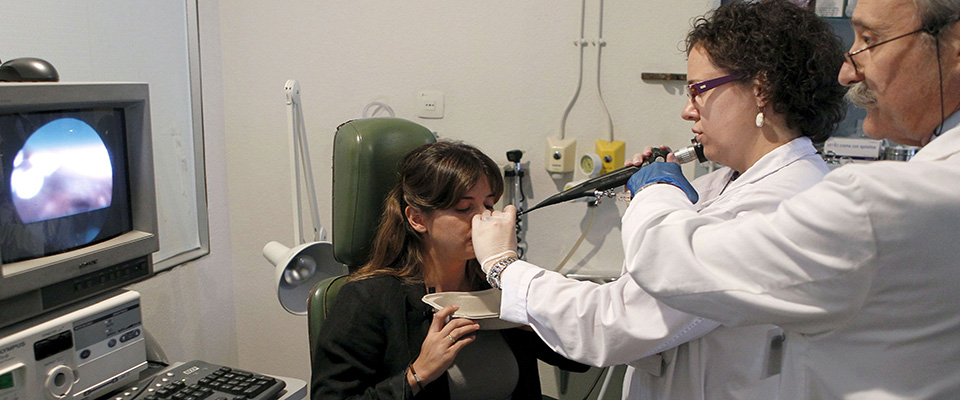
Il chirurgo estetico: “Dopo la quarantena ci sarà il boom di ritocchini”
Riprendersi la libertà di uscire di casa, ma anche ritrovare il coraggio di guardarsi in faccia e sotto i vestiti. Quando il lockdown anti Covid-19 finirà, l’incontro più traumatico sarà probabilmente quello con lo specchio: appesantiti da lunghe settimane di sedentarietà ed esperimenti in cucina tra lieviti e farine, orfani inconsolabili di parrucchiere ed estetista, “molte persone si vedono male e vorranno ripartire dall’immagine. Un aspetto non secondario, almeno psicologicamente”, secondo il chirurgo plastico Paolo Santanchè che descrive all’Adnkronos Salute una sensazione diffusa tra i professionisti della bellezza: “Il bisogno della gente di ricominciare a vivere facendo qualcosa per sé e per il proprio aspetto”, magari regalandosi un ritocco. “Credo che assisteremo a un’esplosione di punturine e liposuzione”, prevede l’esperto.



